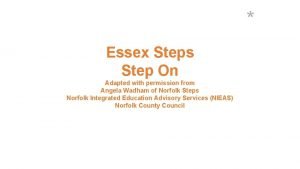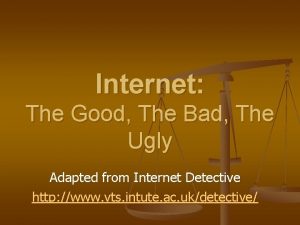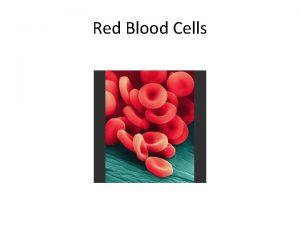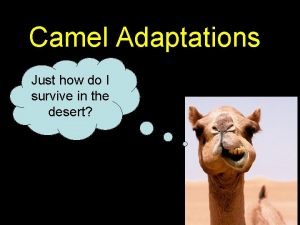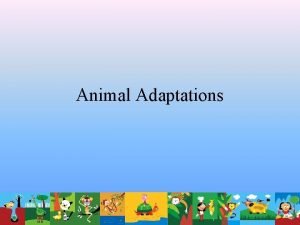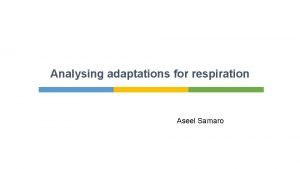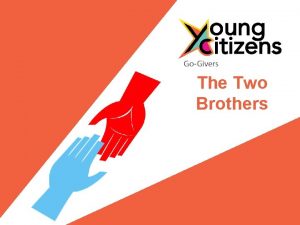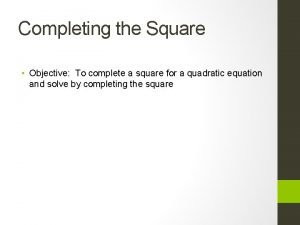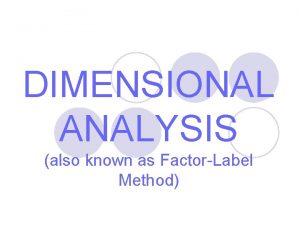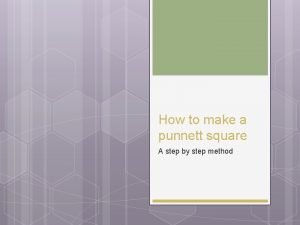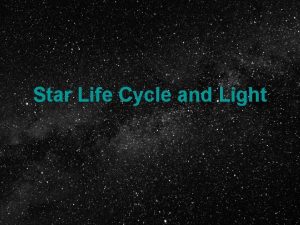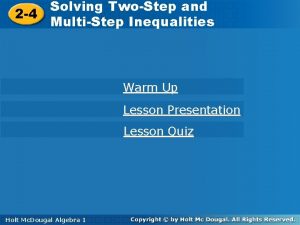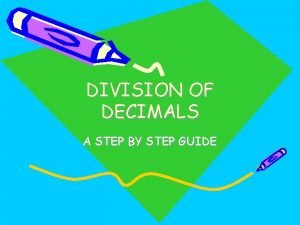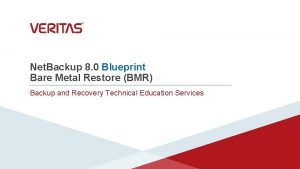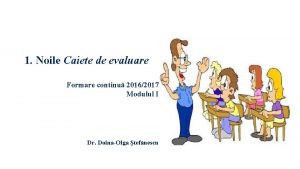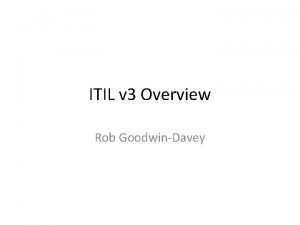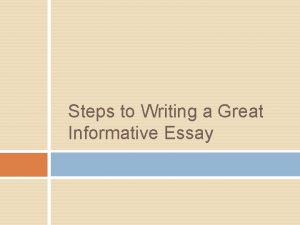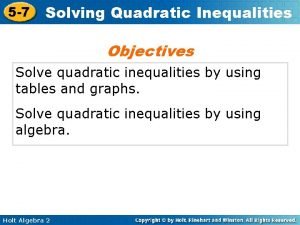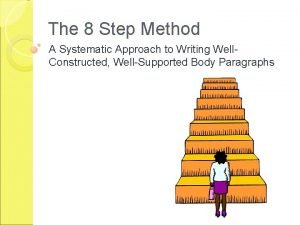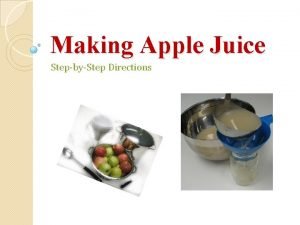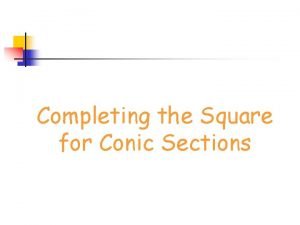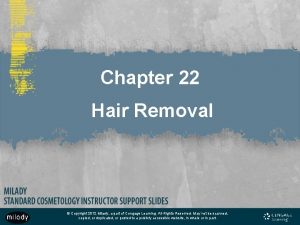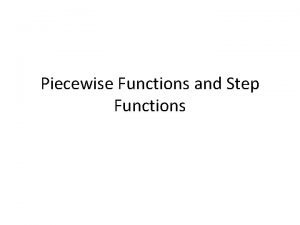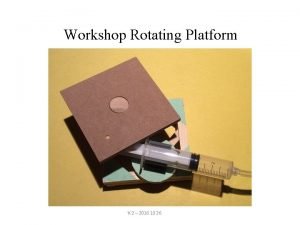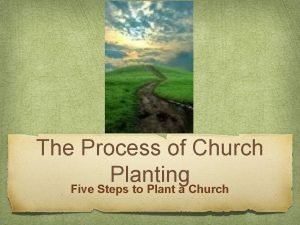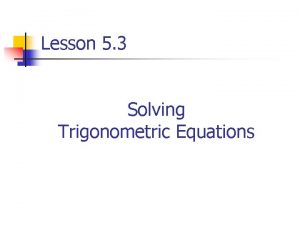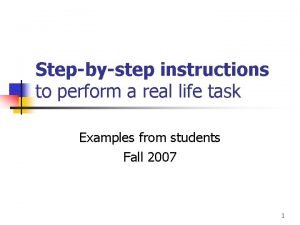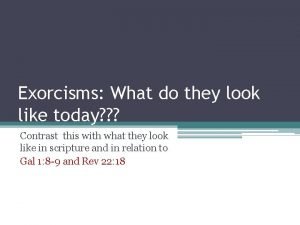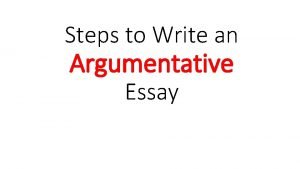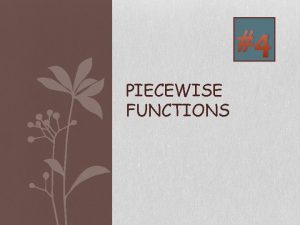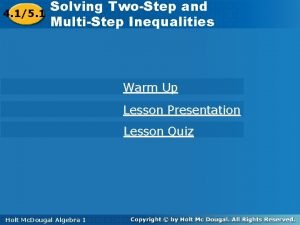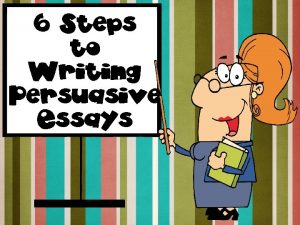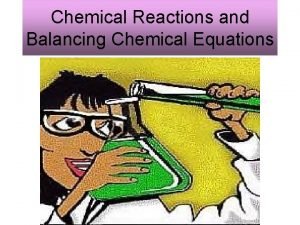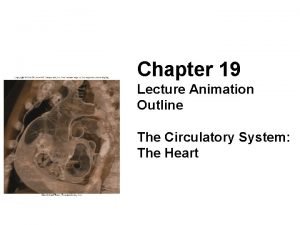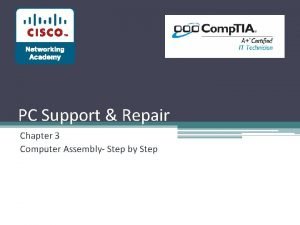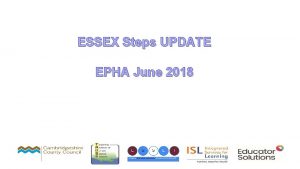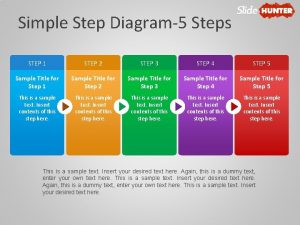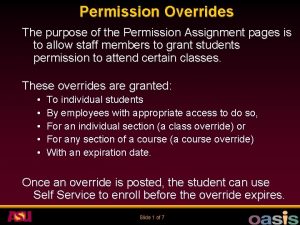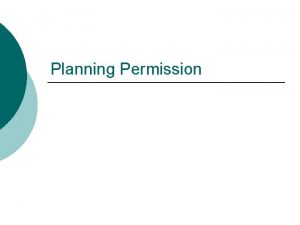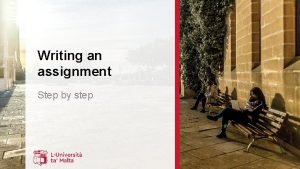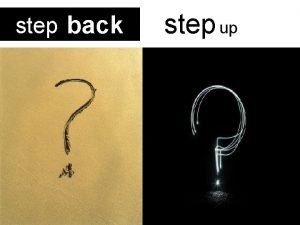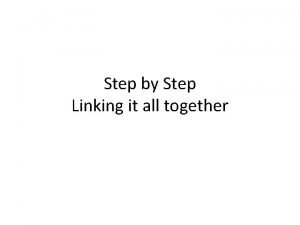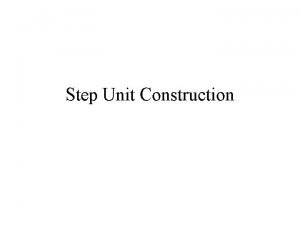Essex Steps Step On Adapted with permission from







































































- Slides: 71

* Essex Steps Step On Adapted with permission from Angela Wadham of Norfolk Steps Norfolk Integrated Education Advisory Services (NIEAS) Norfolk County Council

Steps Objectives Shared values and beliefs. Shared principles of communication and de-escalation. Shared risk management. Shared reparation, reflection and restoration. *

Consistency Shared Beliefs Shared Values Shared Agendas Shared Actions Shared Responses *

* Progression Harm Escalation Pro. Social Cool Down Reflect Repair Restore

* Behaviourist vs therapist Behaviourist Sadistic Therapist Lazy Warehouse Healthy Brave Greenhouse

How Can We Control Behaviour? • By dominating and imposing • By demanding obedience • By telling them what they must not do • By punishing them • Taking away all pleasurable experiences • By shaming, belittling, embarrassing, and humiliating • Exclusion *

How Can We Teach Behaviour? • Relationships • Role modelling • Consistency • Scripts and routines • Positive phrasing • Planning • Reward and positive reinforcement • Comfort and forgiveness *

Being Prepared to Learn The learning process is all about relationships. Unless this emotional engagement is made, learning will not stick positively in the memory Goleman 1996

Being Prepared to Learn Emotional and social competences have been shown to be more influential than cognitive abilities for personal, career and educational success. Goleman 1996

Building Relationships How do we build positive, caring and trustworthy relationships with our children? *

When a child feels safe, significant and gains a sense of belonging from a school with predictable staff, then their pattern of behaviour can change. Geddes (2006) The Links between Children’s early experience and Performance in the classroom.

Behaviour Analysis *

Analyse not Moralise

Prosecution V Defence

Think Plan Respond *

Conscious and Sub-Conscious Behaviour • Is this behaviour that the child has simply chosen or is there another sub-conscious element driving it?

Conscious Behaviours * Behaviours that we choose How does the behaviour serve the child? A child may choose to shout continuously if they believe it will serve them by being asked to leave. The child may have no motivation to stay as staying will be uncomfortable and no support is expected. The child may prefer the consequences of leaving to the consequences of remaining.

Subconscious Behaviours that choose us. What is causing the anxiety? A child may experience a rapid increase in anxiety when faced with questions being asked of the class. They are unable to manage these feelings which may drive a subconscious fight or flight response. *

Responses to Conscious Behaviour ? Conscious decisions can be influenced by the perceived outcome. Reminders of success Rewards Celebration and recognition Clear expectations Limited choices Consistent consequences (limits to freedom) Disempowering

Responses to Subconscious Behaviour? Recognition and celebration Rewards Smiling, clapping, laughing Task support Discussion Processing or recovery time Lowering task expectations Adapting the activity (differentiation) Managing the stimulus

So what about discipline?


Discipline External discipline = Controlling behaviour Internal discipline = Teaching behaviour To create change we need to understand, not simply suppress, the behaviour. *

Understanding ‘The move from external discipline to internal discipline is the journey from child to adult. We all need to help young people on this journey. ’ (Wadham 2016)

Early Years 5% Internal Primary Secondary Further Education 70% Internal 80% Internal Life *

Anxiety mapping * Dangerous behaviour Anxiety Difficult behaviour Time

+5 +4 +3 Anxiety +2 +1 0 -1 -2 -3 -4 -5 Time / location / people / activity etc.

A Therapeutic View Keeping it simple * Negative experiences create negative feelings. Negative feelings create negative behaviour.

A Therapeutic View Keeping it simple * Positive experiences create positive feelings. Positive feelings create positive behaviour.

Roots and Fruits Behaviours Feelings Experiences *

Violent Behaviours Rude Vandalism Dismissive Refusal Walking out Bullying No effort Destruction Screaming Running off Personal remarks Attacks Helpless Hopeless Failure Depression Feelings Victimised Irrelevant Failure Experiences Apathy Uninspired Abuse Loss Angry Sad Useless Neglect Life experience Exclusion Hungry Pain Family Bereavement

Behaviours Committed Enthusiastic Participating Dedicated Polite Involved Leadership Appreciative Successful Inspiring Listening Communicating Involved Feelings Experiences Valued Relevant Happy Respected Inspired Supported Included Interested Safe Optimistic Excited Success Inclusion Support Consistency Boundaries Respect Positive relationships Forgiveness Engaging activities Inspiring adults

Roots and Fruits Cycle * *

Think Plan Respond *

Different Beliefs on Behaviour ‘If you cannot change the behaviour, then change the circumstances in which the behaviour occur Albert Bandura.

Roots and Fruits (Anti-Social) (Pro-Social) Behaviours Feelings Experiences

Individual Child Risk Management *

Policy and plans * A school’s behaviour policy should be the plan for the majority of children. In addition some children may require an Individual Child Risk Management Plan to formalise strategies that differentiate from policy.

Assessing risk – Risk Assessment Calculator Harm/Behaviour Harm to self Harm to peers Harm to staff Damage to property Criminal offence Opinion Evidenced O/E Conscious Sub-conscious C/S Seriousness of harm A 1/2/3/4 Probability of harm B 1/2/3/4 Severity Risk Score Ax. B

Seriousness 1 Foreseeable outcome is upset or disruption 2 Foreseeable outcome is harm requiring first aid, distress or minor damage 3 Foreseeable outcome is hospitalisation, significant distress, extensive damage 4 Foreseeable outcome is loss of life or permanent disability, emotional trauma requiring counseling or critical property damage Probability 1 There is evidence of historical risk, but the behaviour has been dormant for over 12 months and no identified triggers remain 2 The risk of harm has occurred within the last 12 months, the context has changed to make a reoccurrence unlikely 3 The risk of harm is more likely than not to occur again 4 The risk of harm is persistent and constant

Riding the wave Familiar comfortable behaviour Maximum internalised limit Ca tch the Escalation m ge ttin gi t ri gh t

Risk Management Plan Name Photo DOB Date Review Date Risk reduction measures and differentiated measures. (to respond to triggers) Pro social behaviours Strategies to respond Anxiety behaviours (DIFFICULT) Strategies to respond Crisis behaviours (DANGEROUS) Strategies to respond *

Think Plan Respond *

* Faced with challenging behaviour, what could we say to make it worse?

Negative Phrasing Stop being silly Be good Don’t throw the pen Stop running Don’t talk to me like that Calm down

No Choice (making demands) Get in here now! Get out! Do as you are told! Give it to me now! Open Choice What do you want to do? Would you like to go inside?

Positive Phrasing Stand next to me Put the book on the table Walk in the corridor Switch off the computer Walk beside me to the kitchen Stay seated in your chair Please / thank you But / And

Limited Choice Where shall we talk, here or in the kitchen? Put the pen on the table or in the box I am making a drink, orange or lemon? Are you going to sit on your own or with the group? Are you starting your work with the words or a picture?

Empowering the Behaviour Come back here, NOW You are not allowed in there Get down from there Don’t you dare swear at me I will let you use the computer if……. .

Disempowering the Behaviour You can listen from there Come and find me when you come back Come out from under the table in your own time Now you are in my office you can use those swear words if you need to express yourself

* Punishment V Consequence

* Punishment is the authorities imposition of something undesirable or unpleasant upon an individual or group by enforcement, in response to behaviour that an authority deems unacceptable or a violation of some norm. Dictionary definition

Consequences • A conclusion derived through logic. • The relation of a result to its cause. • Something that logically or naturally follows from an action *

Protective Consequences • Removal of a freedom to manage harm Educational Consequences • The learning, rehearsing or teaching so the freedom can be returned. *

Protective Consequences Limited access to outside space Limited access to social situations Escorted in social situations No availability of car Adapted spaces Grounding

Educational Consequences Completing tasks Rehearsing Assisting with repairs Educational opportunities Research Restorative meetings

Think Plan Respond *

* Progression Harm Escalation Pro-Social Cool Down Reflect Repair Restore

What does escalating language sound like from us as adults?

De-Escalation Principles • Use the child’s name • Acknowledge their right to their feelings • Tell them why you are there • Offer help • Offer a ‘get out’ (positive phrasing)

De-Escalation Script • Child’s name • I can see something has happened • I am here to help • Talk and I will listen • Come with me and………… *

What does escalating body language look like from us as adults?

Escalating Body Language Inside of an outstretched arm Too close Toe to toe, eye to eye Blocking the path Aggressive gestures Over bearing *

De-Escalating Body Language Outside of an outstretched arm Good distance Sideways stance Leaving an open door Relaxed hands Managing height *

* After

Protective Consequences • Removal of a freedom to manage harm Educational Consequences • The learning, rehearsing or teaching so the freedom can be returned. *

* Progression Harm Escalation Pro-Social Cool Down Reflect, Repair and Restore

A Restorative Approach. An approach to inappropriate behaviour which puts repairing harm done to relationships and people over and above the need for assigning blame and dispensing punishment. Wright 1999 *

Restorative Principles • Focuses on harm that has been done • How the harm can be repaired • Looks at experiences, feelings and behaviours and identifies needs • Plans to ensure risk reduction for the future *

More simply it involves asking: • What happened? • What were people thinking and feeling at the time? • Who has been affected and how? • How can we put right the harm? • What have we learnt so we are able to make a different choice next time? *

Steps Objectives Shared values and beliefs. Shared principles of communication and de-escalation. Shared risk management. Shared reparation, reflection and restoration. *
 Step 1 step 2 step 3 step 4
Step 1 step 2 step 3 step 4 Adapted with permission from
Adapted with permission from Angela wadham steps
Angela wadham steps Adapted from the internet
Adapted from the internet Red blood cells are
Red blood cells are Possibly synoynm
Possibly synoynm Mensaje subliminal camel
Mensaje subliminal camel How is amoeba adapted for gas exchange bbc bitesize
How is amoeba adapted for gas exchange bbc bitesize In what ways have the highland maya adapted to modern life?
In what ways have the highland maya adapted to modern life? How are giraffes long necks adapted to their lifestyle
How are giraffes long necks adapted to their lifestyle Adapted animals in the rainforest
Adapted animals in the rainforest How have plants adapted to the rainforest
How have plants adapted to the rainforest Xerophyte adaptations
Xerophyte adaptations Brother quotes from brother
Brother quotes from brother This passage is adapted from jane austen
This passage is adapted from jane austen The outsiders adapted for struggling readers
The outsiders adapted for struggling readers Spermopsida as successful land plants
Spermopsida as successful land plants Chaparral biomass
Chaparral biomass How to complete the squares
How to complete the squares Dimensional analysis is also known as
Dimensional analysis is also known as Punnett square step by step
Punnett square step by step Life cycle of a star video
Life cycle of a star video Solving two step and multi step inequalities
Solving two step and multi step inequalities Factoring ways
Factoring ways Pochampally sarees making process
Pochampally sarees making process Inside of water tower
Inside of water tower Incisal labiality
Incisal labiality Oracle zdm step by step
Oracle zdm step by step Is it balanced
Is it balanced Limerick example
Limerick example Hangman division
Hangman division What food do plants make
What food do plants make Netbackup bare metal restore step by step
Netbackup bare metal restore step by step Caiet de evaluare step by step
Caiet de evaluare step by step Step 1 in 7 step improvement process
Step 1 in 7 step improvement process Informative essay steps
Informative essay steps 5 example of quadratic inequalities
5 example of quadratic inequalities The 8 step method
The 8 step method Process of making apple juice step by step
Process of making apple juice step by step 1. denial
1. denial Exponential inequality definition
Exponential inequality definition A perfect square trinomial
A perfect square trinomial Eyebrow waxing procedure milady
Eyebrow waxing procedure milady Viva video collage
Viva video collage Trig equations
Trig equations How to solve piecewise functions step by step
How to solve piecewise functions step by step Visual studio disassembly
Visual studio disassembly How to solve simultaneous equations
How to solve simultaneous equations 6 steps in washing dishes
6 steps in washing dishes Wpf step by step
Wpf step by step Wudu fard
Wudu fard Step-by-step assembly instructions
Step-by-step assembly instructions Isometric drawing practice
Isometric drawing practice Negative and positive result of paraffin test
Negative and positive result of paraffin test How to plant a church step by step
How to plant a church step by step Bayes filter matlab
Bayes filter matlab Trigonometric equation
Trigonometric equation Step-by-step examples
Step-by-step examples How to perform an exorcism step by step
How to perform an exorcism step by step Steps of argumentative essay
Steps of argumentative essay Piecewise function problem
Piecewise function problem Step up step back
Step up step back Multi-step inequalities
Multi-step inequalities How to write a persuasive essay step by step
How to write a persuasive essay step by step How to balance an equation step by step
How to balance an equation step by step Steps of blood flow through the heart
Steps of blood flow through the heart Computer assembly step by step
Computer assembly step by step Installing fusioncompute
Installing fusioncompute Factorisation by completing the square
Factorisation by completing the square Photogram process
Photogram process Simultaneous equations step by step
Simultaneous equations step by step Late mesial shift
Late mesial shift


